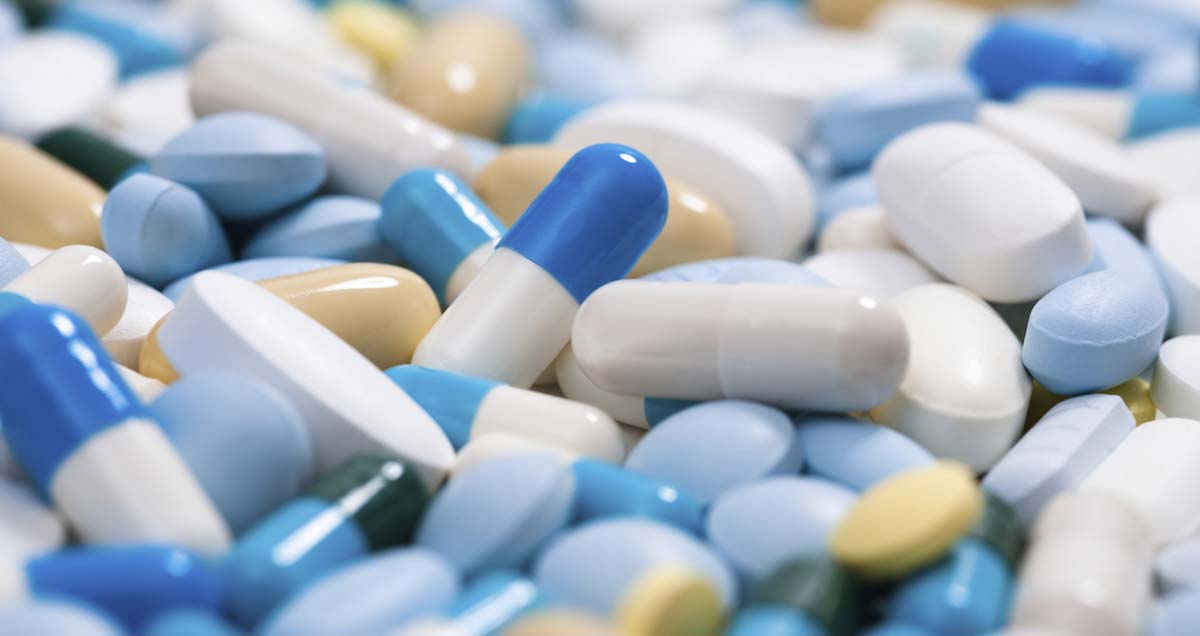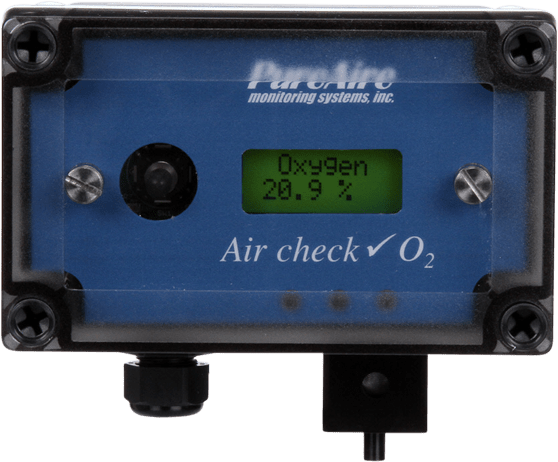Pharmaceutical

Medical facilities and pharmaceutical labs rely on nitrogen gas to maintain frigid temperatures for cell preservation, material storage, tissue storage, and prevent risk of fires. Yet the same gas that enables pharmaceutical progress can be a harbinger of destruction if it leaks into the laboratory environment. Review the risks and rewards of using nitrogen in the pharmaceutical environment.
For sterilization purposes, nitrogen gas assists with purification by removing oxygen from the environment. This extends the shelf life of a product, while also ensuring that labs growing tissue cultures can maintain a sterile environment, because bacteria cannot grow without the presence of oxygen.
Fire suppression systems contain pure nitrogen, which smothers the fire by depriving it of oxygen. Since fires from chemical reactions are a risk in the pharmaceutical environment, it’s smart to have nitrogen on hand to quickly stop a fire that could cause severe damage to the lab.
While nitrogen is beneficial in the lab environment, it is not without danger. Nitrogen gas displaces oxygen. If a nitrogen leak were to occur, oxygen levels could fall below safe breathing thresholds.
Since nitrogen gas has no odor or color, lab workers would not be able to tell there was a leak until it was too late — when they were experiencing adverse health effects from breathing air that was deficient in oxygen. Oxygen deficient air causes cognitive distress, breathing problems, and eventually death from asphyxiation.
While it’s not realistic for a pharmaceutical laboratory to replace nitrogen with another substance, the best course of defense is to protect staff from the dangers of a gas leak by installing oxygen monitors, which track ambient oxygen levels. Since oxygen levels fall in the presence of nitrogen gas, this allows personnel to quickly and accurately determine if there’s a gas leak.
Oxygen monitors notify lab workers when oxygen levels drop to critical thresholds, defined by OSHA as 19.5 percent. By notifying staff with a loud alarm and flashing lights, the oxygen monitors protects public safety: Staff can evacuate and wait for EH&S and public safety professionals to arrive.
Many pharmaceutical laboratories and companies have installed nitrogen generators on site so they can produce nitrogen anytime it’s needed. While nitrogen generators decreases the cost of nitrogen by eliminating delivery costs associated with cylinders of nitrogen, they do represent another area of risk, which must be protected with O2 monitors.
PureAire’s oxygen monitors are easy to set up, long-lasting, and require no calibration or maintenance once installed — an aspect that makes them a better choice for the busy pharmaceutical environment. Oxygen monitors from PureAire last for 10 years or longer, thanks to their robust construction and long-lasting zirconium sensor. PureAire’s O2 monitors do not change with barometric pressure drops, which means they will provide reliable readouts no matter the weather — a fact that can save lives.
Monitors mount on the wall, where employees can easily scan the digital display to check room oxygen levels, and can be used anywhere inert gases are stored or used, including basements and freezers. PureAire’s monitors are unaffected by barometric pressure and operate even in temperatures of -40 Celsius, which means they’ll work inside freezers, too. Since pharmaceutical facilities may store and use nitrogen in different locations, several oxygen monitors may be required to adequately protect the facility from gas leaks. Additionally, many pharmaceutical laboratories and companies store dry ice or carbon dioxide in their freezers to slow down the evaporation process, and should the dry ice evaporate to quickly, this could create an oxygen deficient area.
Not only do OSHA regulations require that oxygen monitors be used wherever inert gases are used or stored, it’s the best way to reduce the risks posed by gas leaks while reaping all the rewards of using nitrogen gas in the pharmaceutical laboratory. Protect your staff and enjoy peace of mind by installing an oxygen monitor wherever these gases are stored or used. Browse O2 monitors today.


